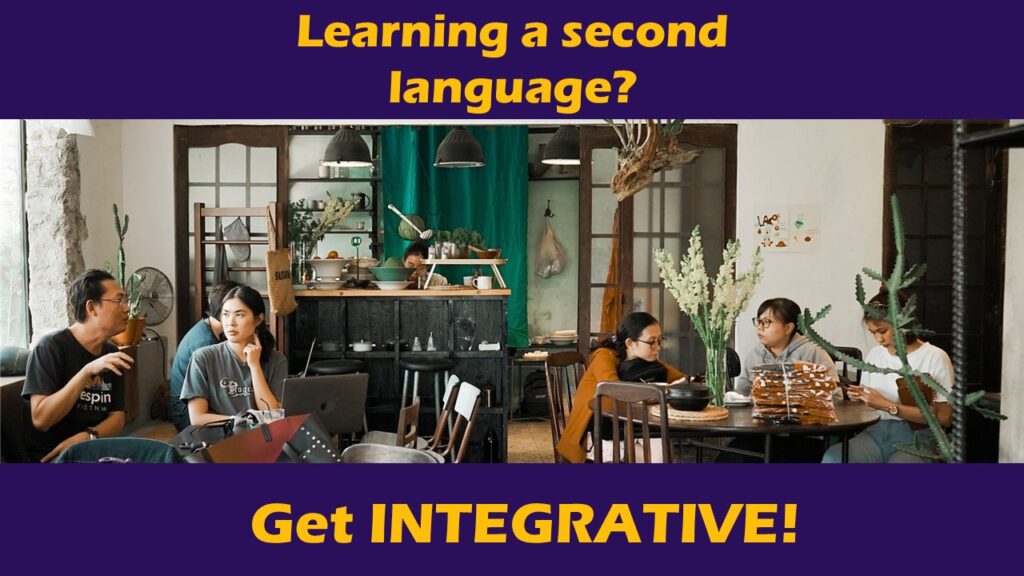DPS would like to thank Dr. Eferhire Aganbi-Okome, who co-wrote this article. To contact Dr. Aganbi-Okome, please connect with her on LinkedIn or e-mail her at [email protected].
Measuring integrativeness is something I never thought about before. I consider myself as not ‘having an ear’ for other languages because my experience learning a second language was always fraught with stumbling blocks. Mainly, I wasn’t motivated enough!
In the realm of language acquisition, motivation plays a pivotal role in determining success. But what drives individuals to learn a second language, especially one as culturally and religiously significant as Arabic in the Kingdom of Saudi Arabia (KSA)? Integrativeness is one possible motivation, but measuring integrativeness is challenging. A recent study led by Danya Shaalan sheds light on a key motivational factor—integrativeness—and its impact on learners at Saudi Arabia’s Arabic Language Institutes (ALIs).
Why Measuring Integrativeness Matters
Measuring integrativeness, or the desire of second-language learners to integrate into the target language community, has been challenging, though it is recognized as a crucial motivator in second-language (L2) acquisition. Some have referred to this as a genuine interest in learning, triggered by a desire to connect to the culture which the L2 represents.
For Arabic learners in KSA, this integrative motivation can be especially complex. Arabic is not only the liturgical language of Islam but also the heritage language of the Kingdom. This dual significance means that learners often grapple with motivations tied to religious identity and cultural integration.
Shaalan’s study is a pioneering effort with respect to measuring integrativeness specifically among learners at Saudi ALIs. The research developed a new instrument to assess the levels of integrativeness in students enrolled in the Diploma Programs of three major ALIs in Riyadh. By analyzing responses from 66 learners, the study identified four distinct dimensions of integrativeness: intellectual integrativeness, social integrativeness, remote admiration, and anti-integrativeness. She used factor analysis to validate the instrument, with results reported in the article.
Measuring Integrativeness and Language Education
The study revealed that most learners displayed high levels of both social and intellectual integrativeness. These learners were not only motivated by a desire to understand Saudi society and history but were also keen to engage socially with Saudi people. Also, unique to this study, the learners in the study were also Muslims, who may already be motivated due their religious connection hence biased in the level of integrativeness. So theoretically, they should have less trouble with L2 learning due to these multiple motivations. However, the study also uncovered a significant anti-integrative attitude among some learners, which could hinder their language acquisition progress.
The findings suggest that learners may not necessarily be “anti-integrative” – rather, they may struggle with interacting in the classroom environment. The classroom environment plays a critical role in shaping integrativeness. Learners with higher social integrativeness were found to value the quality of classroom interactions, which could influence their overall success in mastering Arabic. On the other hand, those with anti-integrative attitudes appear to struggle more in the classroom.
For educators and administrators at Saudi Arabia’s ALIs, this research offers valuable insights. Enhancing the classroom environment to foster both social and intellectual integrativeness could be key to improving L2 motivation and, consequently, language acquisition. By encouraging more in-class communication and culturally immersive activities, ALIs can better support learners in their journey to mastering Arabic.
Learn about our different free and paid services!
Measuring integrativeness is helpful in second-language learning, but how do you do it? This blog post highlights an article that provides an example.





